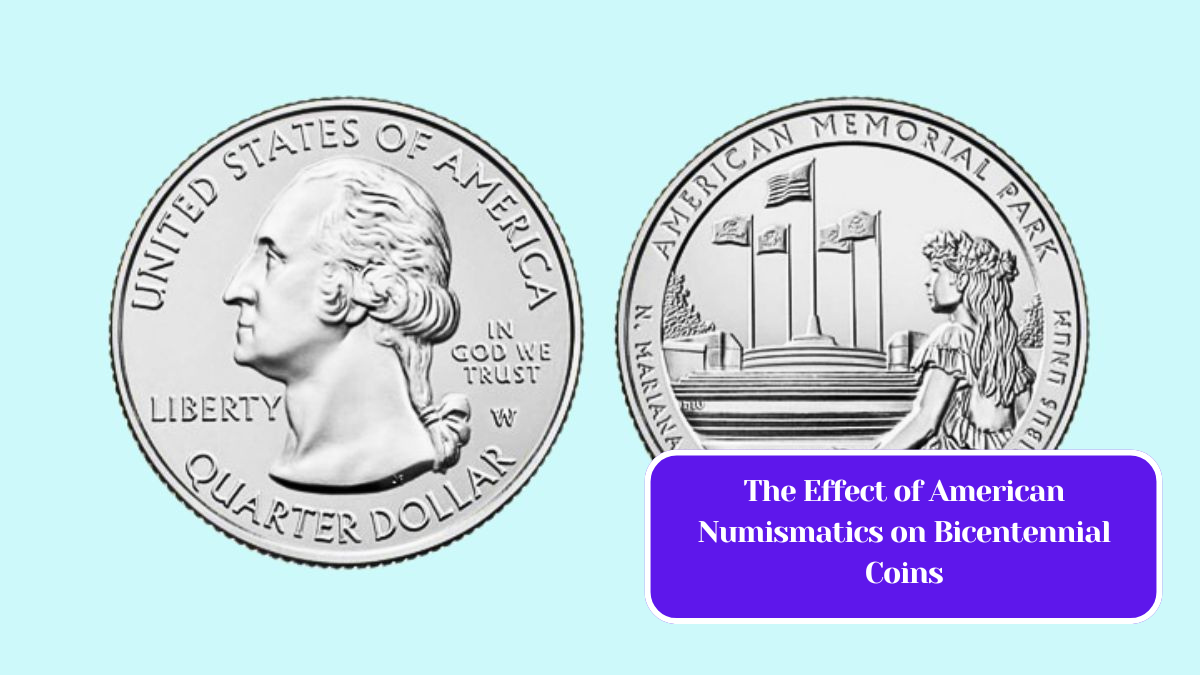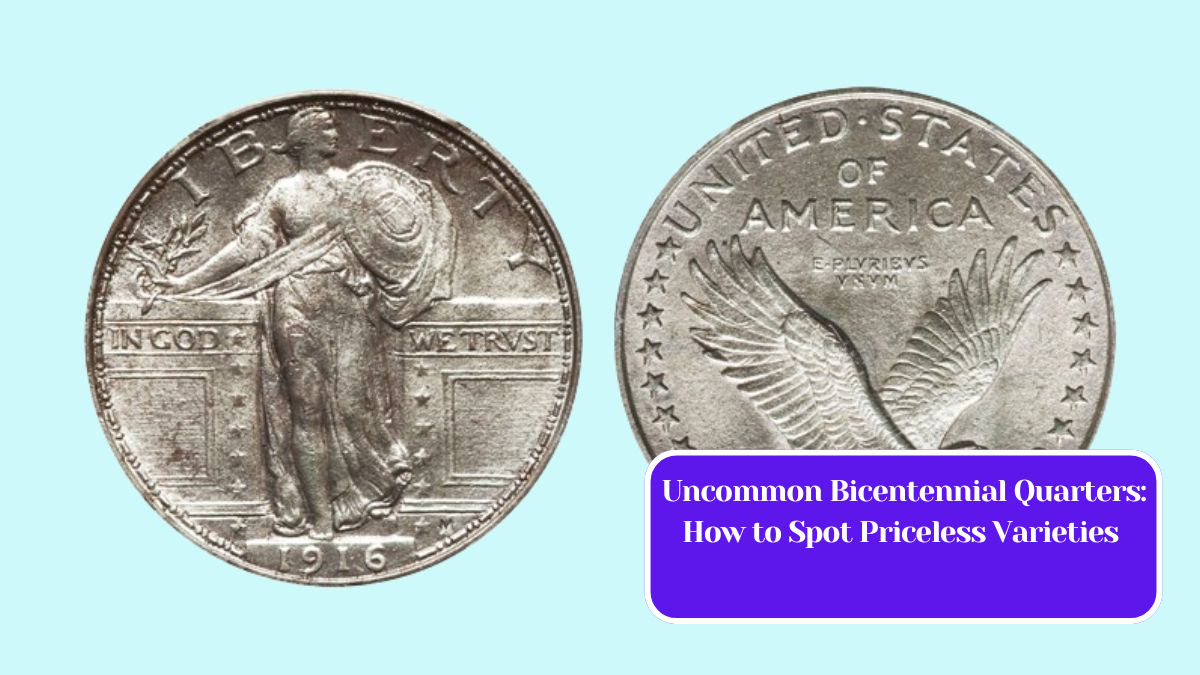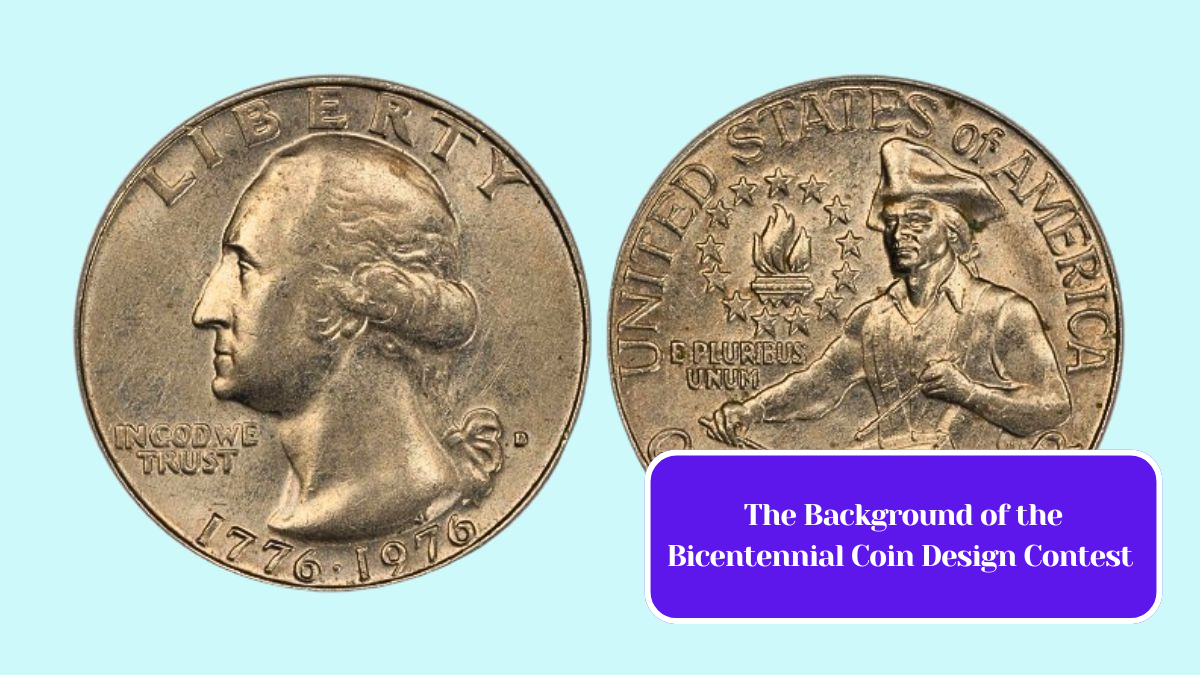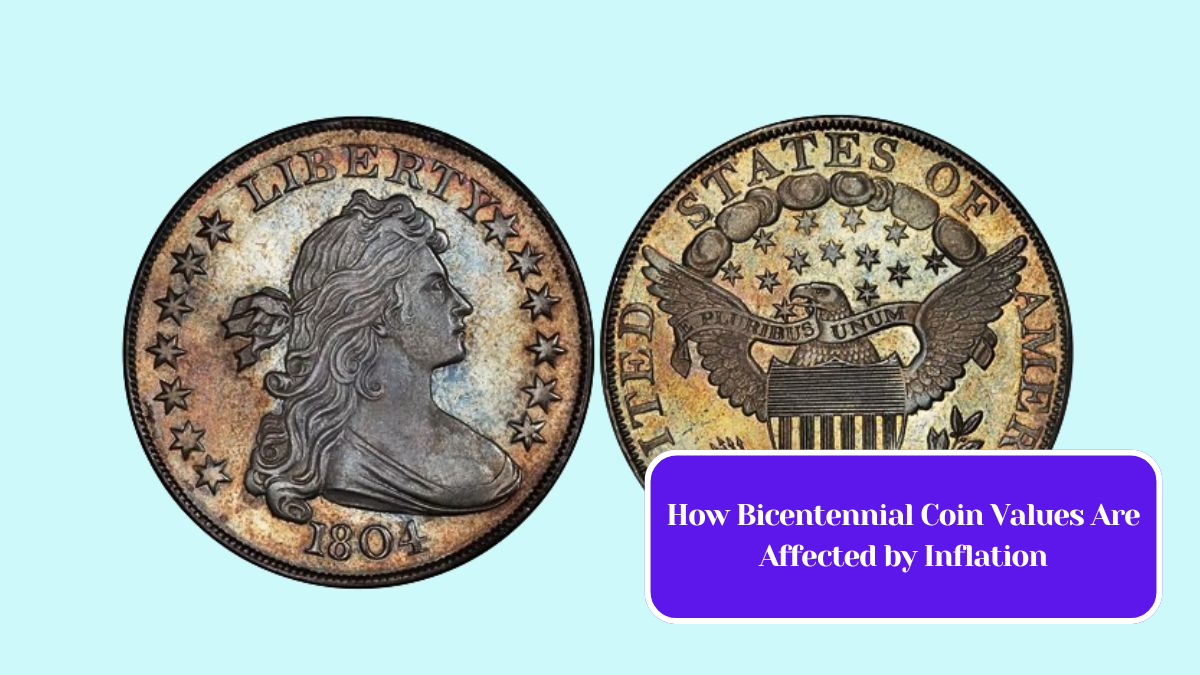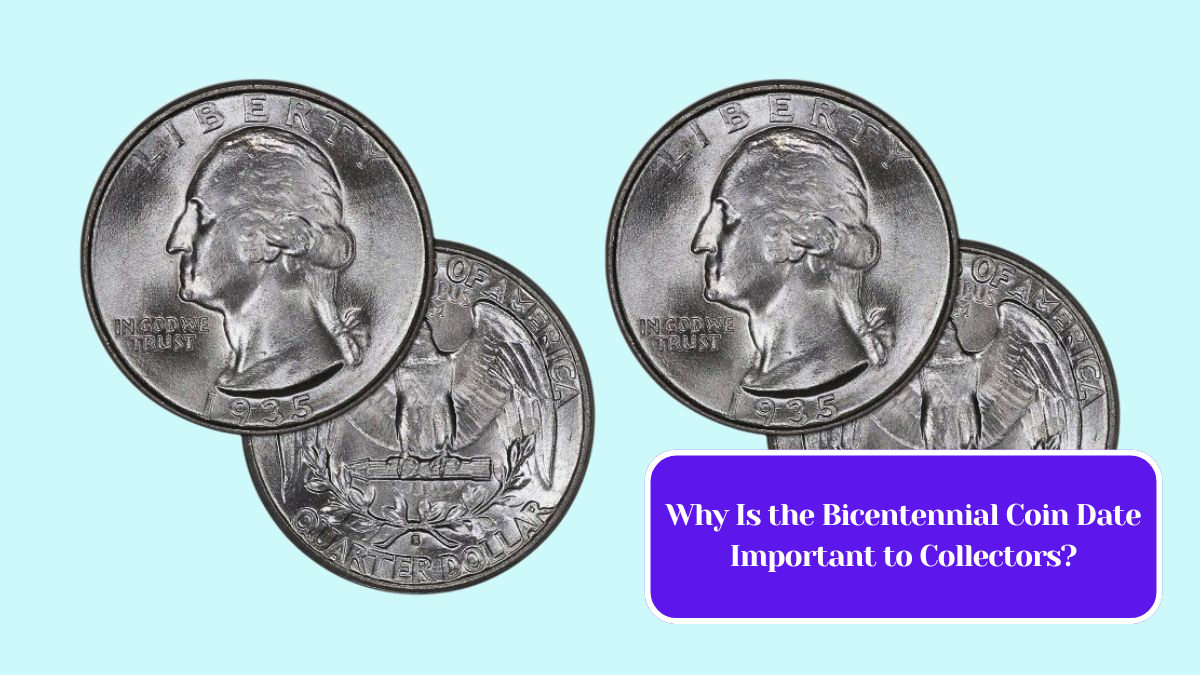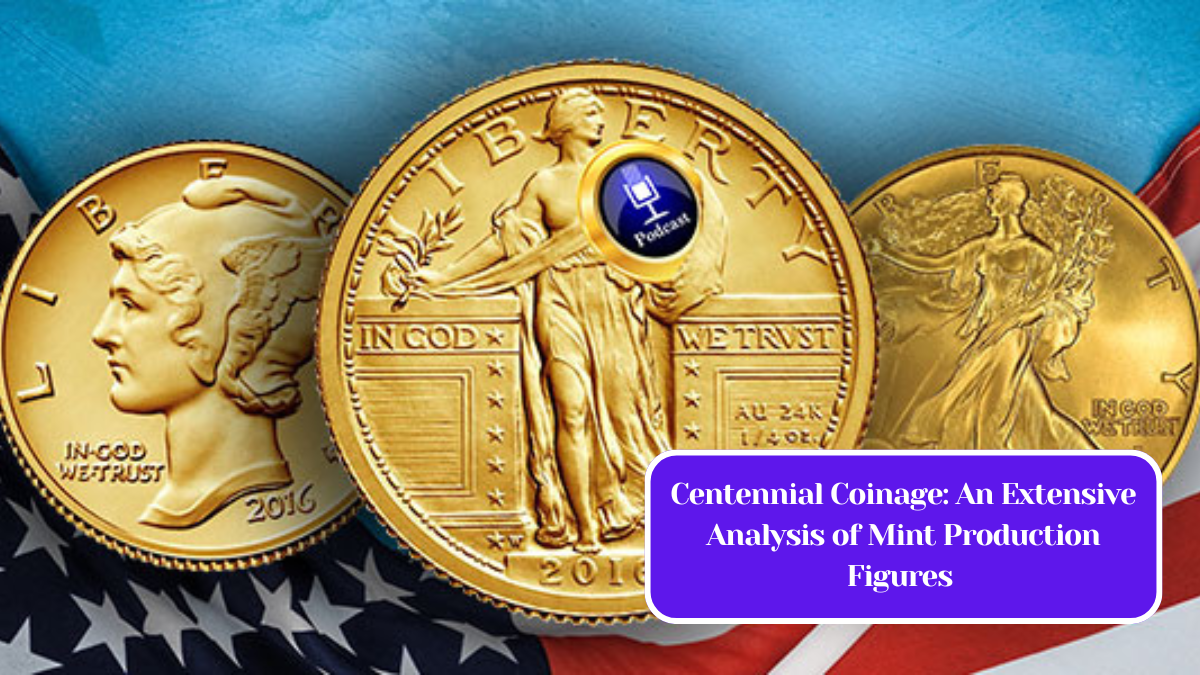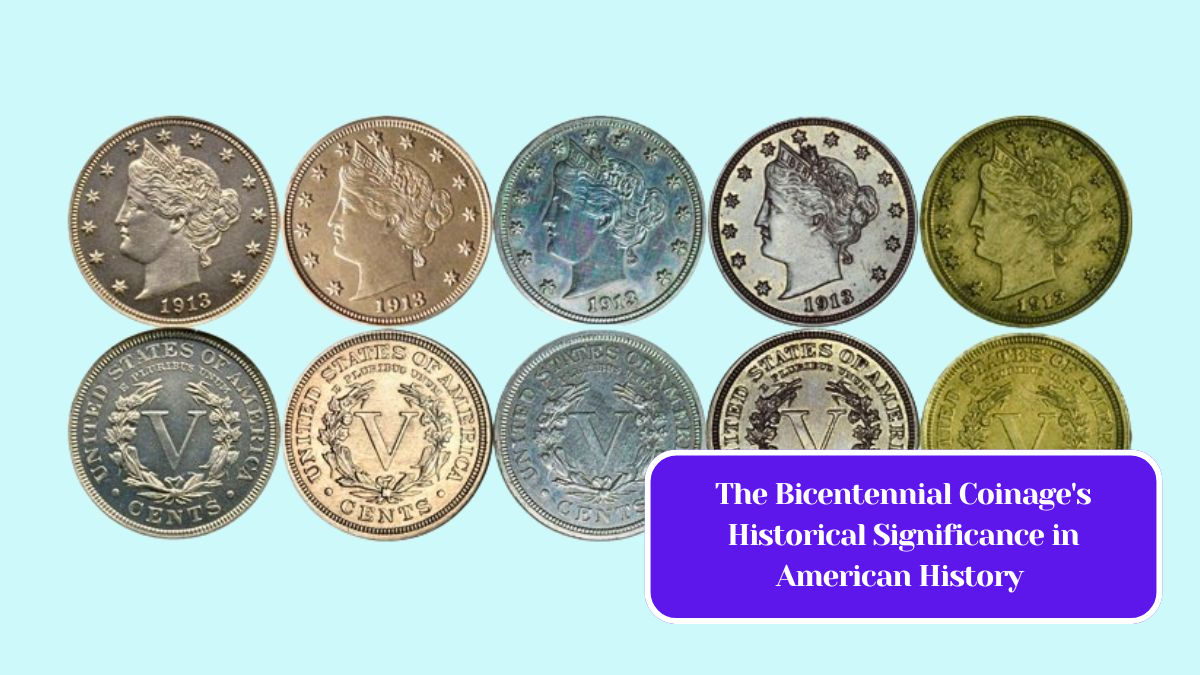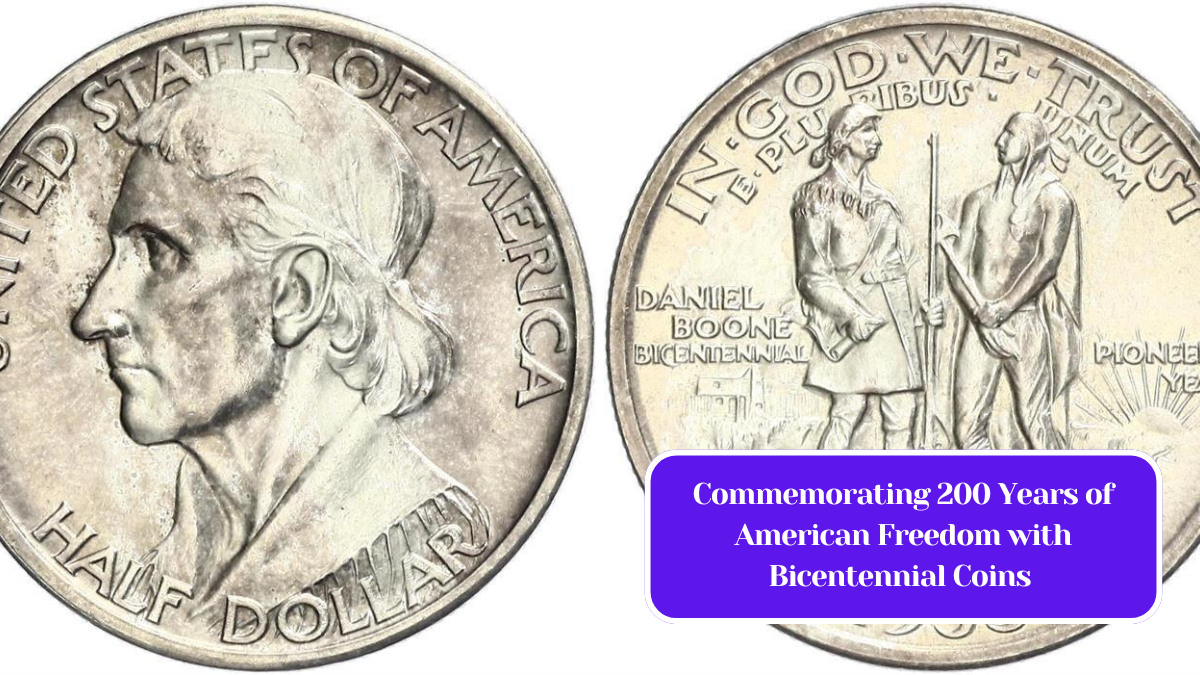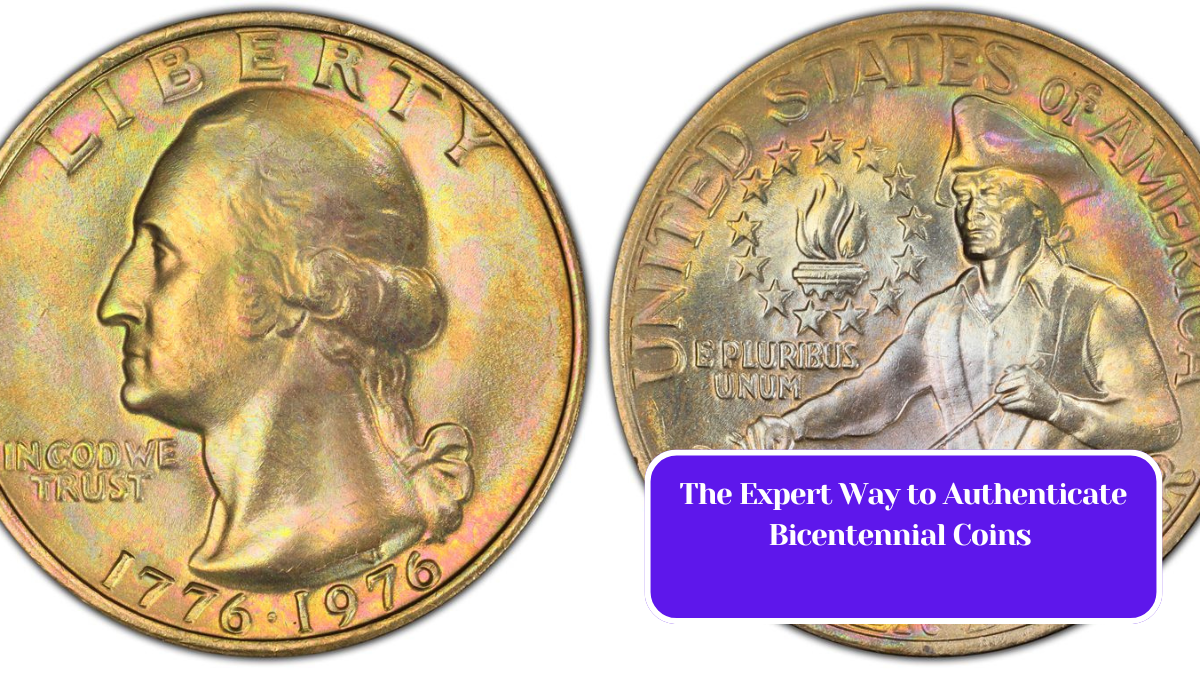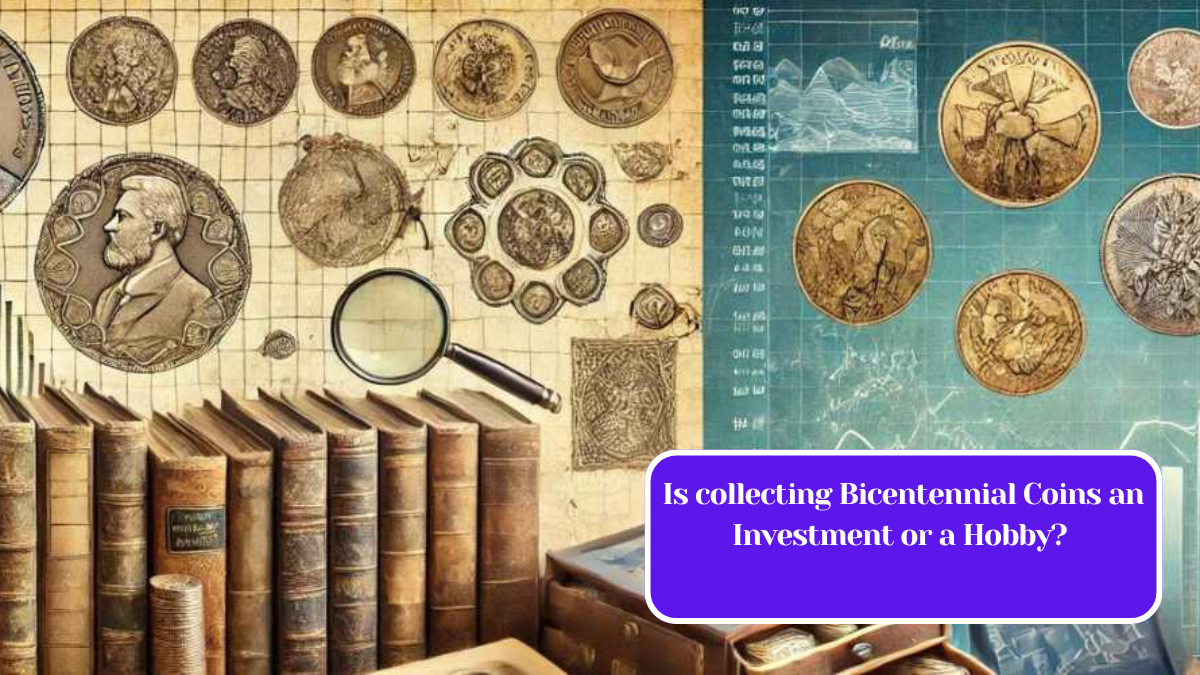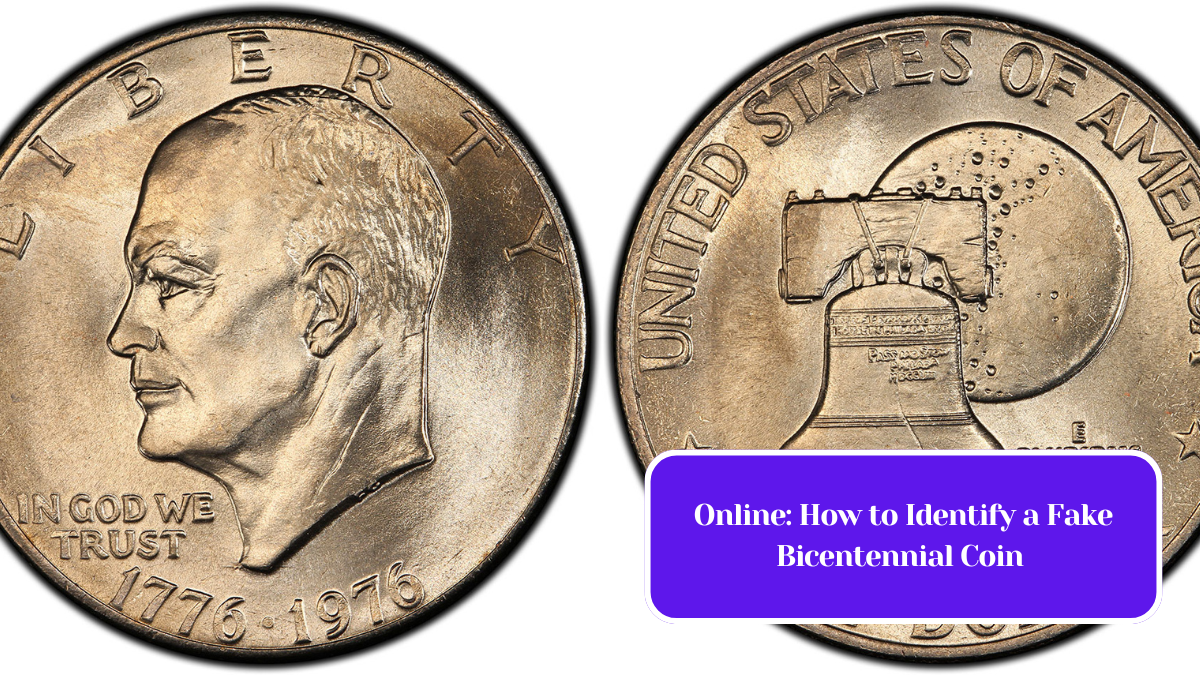American numismatics, the study and collection of currency, has a rich history that intertwines with the evolution of coinage in the United States. One of the most significant moments in this history is the celebration of the United States Bicentennial in 1976. This milestone not only marked 200 years of independence but also led to the creation of a unique series of coins that reflected both the nation’s heritage and the influence of numismatic trends.
The Bicentennial Coinage Program
In 1975 and 1976, the U.S. Mint produced a series of coins to commemorate the 200th anniversary of American independence. This included the quarter, half dollar, and dollar coins, each featuring special designs. The most notable aspect was the redesign of the reverse sides: the quarter showcased a draped bust of George Washington, while the half dollar and dollar coins featured themes of liberty and American history.
These coins were not just a celebration; they were a reflection of the growing popularity of numismatics in America. As interest in coin collecting surged during the 1960s and 70s, the U.S. Mint sought to engage both seasoned collectors and the general public through innovative designs and limited mintages.
The Influence of Collectors
American numismatics had a profound impact on the design and marketing of the Bicentennial coins. The decision to alter the traditional designs was heavily influenced by feedback from collectors and numismatic organizations. These groups advocated for more meaningful representations of American history, prompting the Mint to incorporate symbols of liberty and democracy.
The limited production run of the Bicentennial coins created a sense of urgency and exclusivity among collectors. This strategy was successful in enticing not only seasoned numismatists but also casual enthusiasts who saw the coins as both collectibles and investments. Many people purchased these coins as keepsakes, believing they would increase in value over time.
The Role of Marketing and Public Interest
The Bicentennial celebration was not just a moment in time; it was an extensive marketing campaign that included parades, festivals, and educational initiatives. The coins became a central part of this celebration, further increasing their desirability. Advertisements and media coverage helped to popularize the concept of coin collecting, making it an accessible hobby for a broader audience.
Moreover, the involvement of the American Numismatic Association (ANA) and other numismatic organizations played a critical role in promoting the Bicentennial coins. They organized events, exhibitions, and educational programs that highlighted the significance of the coins, not only as currency but also as pieces of history.
Legacy of the Bicentennial Coins
The Bicentennial coins left a lasting legacy in the world of American numismatics. They were among the first coins produced in large quantities specifically for collectors, setting a precedent for future commemorative coins. This initiative paved the way for a wave of subsequent coin designs that aimed to celebrate significant historical events and figures.
The Bicentennial coins also contributed to a heightened interest in American history among collectors and the general public. As individuals sought to understand the stories behind these coins, they became more engaged with the broader narrative of American heritage.
The impact of American numismatics on the Bicentennial coins is a testament to the power of currency as a medium of historical expression. The thoughtful design, strategic marketing, and enthusiastic public reception of the Bicentennial coins illustrate how numismatics can shape national identity and commemorate significant milestones. As collectors continue to treasure these coins, they serve as a lasting reminder of America’s journey and the vibrant culture of coin collecting.
